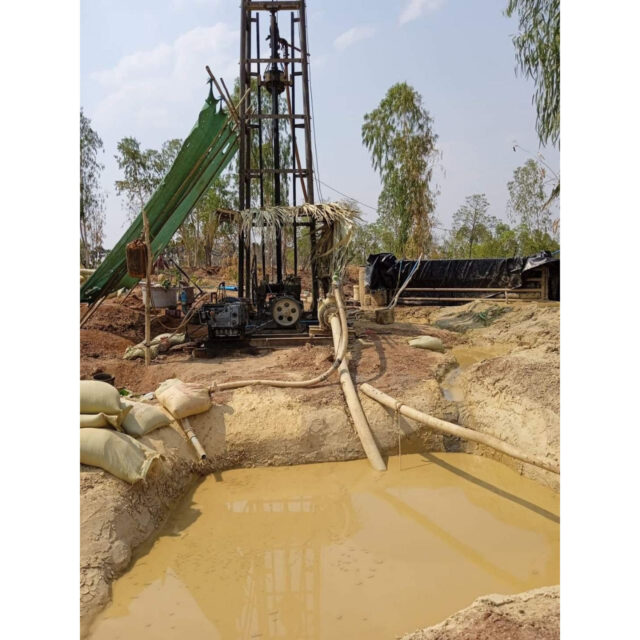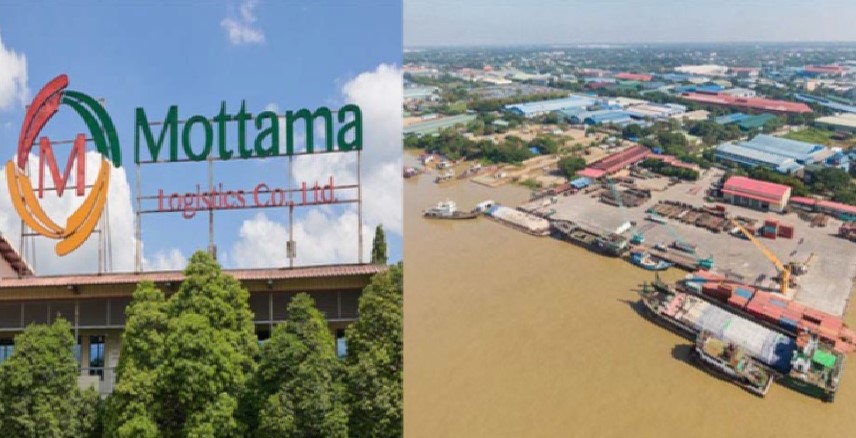The beginning of the windy season will see a return of gale-force winds in the evenings in March and April, the first two months of our summer season.
The Meteorology and Hydrology Department has issued strong wind in the whole country during March and April and urged the people to be aware of strong wind, with gusts ranging 35-45 km mph.
The weather bureau has stated that during March and April, isolated rains or thundershowers are likely in the afternoons or evenings, accompanied by strong winds, hail, thunder, and lightning, due to convective clouds created by gradually rising day temperatures across the country.
Gale-force winds hit parts of Myanmar every year, destroying homes, toppling trees, and causing fatalities and injuries. Most areas across the country have experienced strong winds during the day due to high temperatures.
Gale-force winds hit parts of Myanmar every year, destroying homes, toppling trees, and causing fatalities and injuries.
Hence, people should take “full precautions” in the evenings and take “necessary action” to protect themselves and their property.
Besides, people need to be cautioned to prepare for power outages and to eliminate anything around their houses that could spark or be a source of ignition. These strong winds could potentially bring down tree branches or even whole trees.
Operators of vessels in rivers in affected areas should remain alert for tornadoes that can occur during thunderstorms.
People should stop everything and stay indoors when a storm wind hits.
As the weather transitions from winter to summer, the day-time temperature will spiral upwards, and we can expect more severe weather patterns rather than normal conditions as the world warms up due to climate change. Disasters are predicted to happen regularly and can impact all people without discrimination, and the public is still obligated to respond to disasters. The people who are paying the heaviest price when it comes to weather events are becoming more extreme, unpredictable, and erratic.
To reduce losses, disaster preparedness must begin at the grassroots level, but ministries and regional authorities must take a leading role in the drive.














